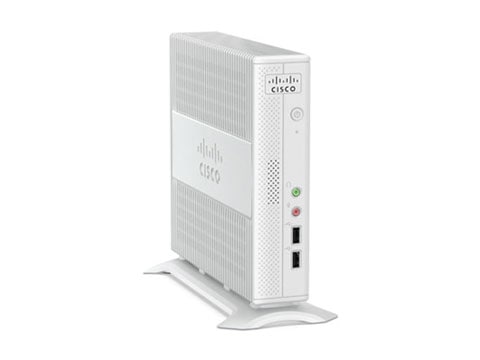Alan Sears named to prestigious list of leaders in Richmond
Richmond, VA, October 19, 2011 – TBL Networks today announced that Style Weekly has named Alan Sears to their 2011 Top 40 Under 40. The Style Weekly Top 40 Under 40 is an annual list of men and women under the age of 40 who seek to make change and serve the community of Richmond, Virginia.
“On behalf of TBL Networks, I am honored to be named to the Top 40 Under 40,” said Alan Sears, President and CEO of TBL Networks, Inc. “This distinction reflects TBL’s commitment to bring the best information technology solutions to small and medium businesses, while never forgetting the importance of customer service and community.”
In naming Alan Sears to the 2011 class, Style Weekly discussed his professional successes at TBL Networks, including earning a spot the on 2011 Inc. 500 list and being named to CRN magazine’s Next-Gen 250. In addition, the magazine mentioned his pursuit of techumanity, the positive synergy between technology and humanity. TBL lives this this ideal by working with the international World Community Grid for cancer research and local charity CJ’s Thumbs Up Foundation , which supports families with children facing chronic and life threatening illness.
TBL Networks is the only technology integrator in the Commonwealth of Virginia with five Cisco Voice CCIEs, employs the Central Virginia’s only VMware VCDX, and has two engineers recognized as 2011 VMware vExperts.
“In a city that sometimes seems obsessed with trading business cards and sidling up to the right crowd, or organizing new events for more trading and sidling, the talking can overshadow the action,” said Style Weekly editor Jason Roop. “Some of them are used to making headlines, while others’ efforts are quietly rendered. But they all offer stories that inspire — and perhaps serve as a call to action.”
The Style Weekly Top 40 Under 40 list is comprised of men and women who lead inspire and serve Richmond. You can view the entire list in their October 19, 2011 issue or online at http://www.styleweekly.com/richmond/top-40-under-40-2011/Content?oid=1623711.
About Style Weekly
Style Weekly is Richmond Virginia’s alternative for news, arts culture and opinion. For nearly 30 years, Style Weekly has been a significant part of the Greater Richmond community through its journalism, community involvement and business presence. Learn more at http://www.styleweekly.com.
About TBL Networks, Inc.
TBL Networks is about moving forward with innovative technology. With over 60 years of combined technical expertise, we empower clients’ collaboration, virtualization and data centers to do more with less. TBL delivers these advanced solutions directly where it counts the most – the desktop. Building secure and reliable solutions that introduce efficiencies in human interaction is how we see the future. Let us take you there at http://www.theblinkylight.com.



